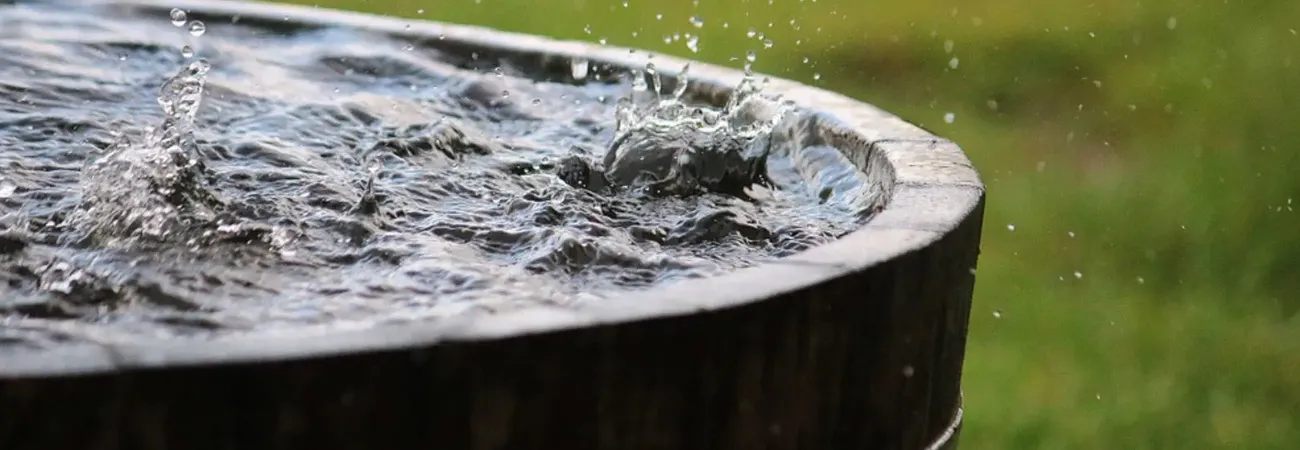i ECONOMY
Pakistan needs to expeditiously adopt rainwater harvesting technique in order to efficiently cope with the issue of fast-depleting water resources. “Water resources are depleting in rural areas due to reduced flow of natural water channels and springs,” said Akram, Regional Research Officer of Pakistan Council of Research in Water Resources (PCRWR), while talking to WealthPK. “Managing water scarcity can be a challenging task, but rainwater harvesting is a proven and highly effective approach to tackle this issue. By collecting and storing rainwater, we can conserve our precious water resources and ensure their sustainable use for future generations. Therefore, implementing rainwater harvesting systems can make a significant difference in addressing water scarcity problems,” he explained.
Pakistan has one of the largest contiguous irrigation systems in the world where more than 93% of water is used in agriculture, 5% in the domestic sector, and 2% in the industrial sector. Akram said that domestic and industrial sectors will use 15% more water by 2025. “As water reserves decline to 1,000 cubic metres per capita, it is obvious that Pakistan would fail to give water access to the expanding population in the coming years,” he said. “Additionally, despite the fact that the world's average storage capacity has reached 40%, Pakistan can only conserve up to 10% of its annual river water flows due to insufficient storage space,” he added. Akram said it’s high time for Pakistan to revise its current water policies and upgrade current infrastructure with latest water restoration technologies.
“Rainfall is the sole source of water for humans and livestock in many areas of the country. Groundwater is either not available, or if available, is saline and mostly not usable. Rainwater is stored in natural depressions, locally called tobas, and in underground dug wells,” Deputy Director of PCRWR Saiqa Imran told WealthPK. “Once the water in the local tobas disappears, the local community has to migrate in search of water for themselves and for their livestock as their total livelihood depends on livestock,” she said. “Hence, it is crucial to construct rainwater ponds near the hamlets and improve rangelands for the livestock to enhance the utilisation of water resources,” Saiqa said. “Groundwater recharge solutions are the need of the country, especially in the aftermath of recent floods that have occurred in an unprecedented fashion.
We have to increase water storage at every level and need to develop large, medium and small dams, where possible,” she added. The PCRWR has established a rainwater harvesting system network that covers 26,000 sq km of the Cholistan desert. The network consists of 110 specially designed reservoirs that can store up to 440 million gallons of water. The local population and livestock can use the groundwater from 20 deep tube-wells that are scientifically designed and have an annual discharge of about 1,405 million gallons. The rainwater harvesting system and the tube-wells have ensured the availability of drinking water throughout the year in the desert. This has significantly reduced the migration of human and livestock, saving Rs6 billion annually.
Credit: Independent News Pakistan (INP)









